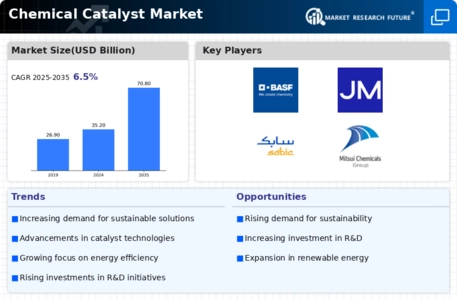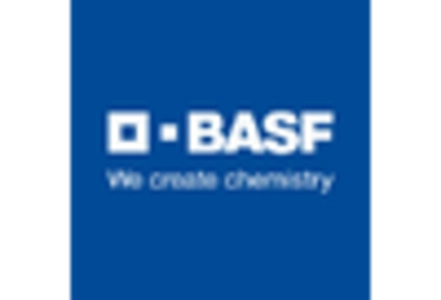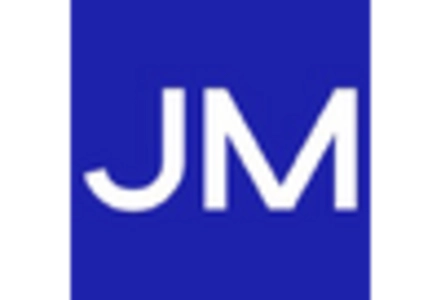Market Growth Projections
The Global Chemical Catalyst Market Industry is poised for substantial growth, with projections indicating a market size of 35.2 USD Billion in 2024 and an anticipated increase to 70.8 USD Billion by 2035. This growth trajectory reflects a compound annual growth rate (CAGR) of 6.56% from 2025 to 2035. The expansion is driven by various factors, including increasing demand for petrochemicals, regulatory pressures for sustainability, and advancements in catalyst technologies. As industries adapt to these dynamics, the market is likely to witness a diversification of catalyst applications, further enhancing its growth potential.
Growth in Renewable Energy Sector
The Global Chemical Catalyst Market Industry is experiencing a notable impact from the growth of the renewable energy sector. As the world shifts towards cleaner energy sources, catalysts are essential in processes such as biofuel production and hydrogen generation. The increasing investment in renewable technologies is driving the demand for specialized catalysts that can optimize these processes. This shift not only supports environmental goals but also creates new market opportunities for catalyst manufacturers. The industry's expansion is likely to be reflected in the market's projected growth, with a CAGR of 6.56% anticipated from 2025 to 2035.
Increasing Demand for Petrochemicals
The Global Chemical Catalyst Market Industry experiences a robust demand for petrochemicals, driven by their extensive applications in various sectors including plastics, fertilizers, and pharmaceuticals. As the global population continues to grow, the need for these essential materials escalates. In 2024, the market is projected to reach 35.2 USD Billion, reflecting the increasing reliance on petrochemical products. Catalysts play a crucial role in enhancing the efficiency of chemical processes, thereby reducing production costs and environmental impact. This trend is likely to persist, as the industry adapts to meet the rising demand for sustainable and efficient production methods.
Rising Demand for Specialty Chemicals
The Global Chemical Catalyst Market Industry is significantly influenced by the rising demand for specialty chemicals across various applications, including agrochemicals, personal care, and pharmaceuticals. These chemicals often require specific catalytic processes to achieve desired properties and performance. As consumer preferences shift towards more tailored and high-performance products, the need for specialized catalysts becomes increasingly critical. This trend is expected to drive market growth, contributing to the overall expansion of the chemical catalyst sector. The market's trajectory suggests a robust growth outlook, with estimates indicating a potential market size of 70.8 USD Billion by 2035.
Technological Advancements in Catalysis
The Global Chemical Catalyst Market Industry is witnessing rapid technological advancements that enhance catalyst performance and efficiency. Innovations in catalyst design, such as the development of nanostructured materials and improved synthesis methods, are enabling more effective chemical reactions. These advancements not only improve yield but also reduce energy consumption, aligning with global sustainability goals. As industries increasingly adopt these cutting-edge technologies, the demand for high-performance catalysts is expected to surge. This trend is anticipated to contribute to the market's growth, with projections indicating a potential market size of 70.8 USD Billion by 2035.
Regulatory Push for Sustainable Practices
The Global Chemical Catalyst Market Industry is significantly influenced by stringent environmental regulations aimed at reducing emissions and promoting sustainability. Governments worldwide are implementing policies that encourage the adoption of cleaner technologies, which often rely on advanced catalytic processes. For instance, regulations targeting carbon emissions are pushing industries to invest in catalysts that facilitate cleaner production methods. This regulatory environment not only drives innovation but also expands the market for chemical catalysts, as companies seek to comply with these evolving standards. As a result, the market is expected to grow substantially, with projections indicating a CAGR of 6.56% from 2025 to 2035.















Leave a Comment